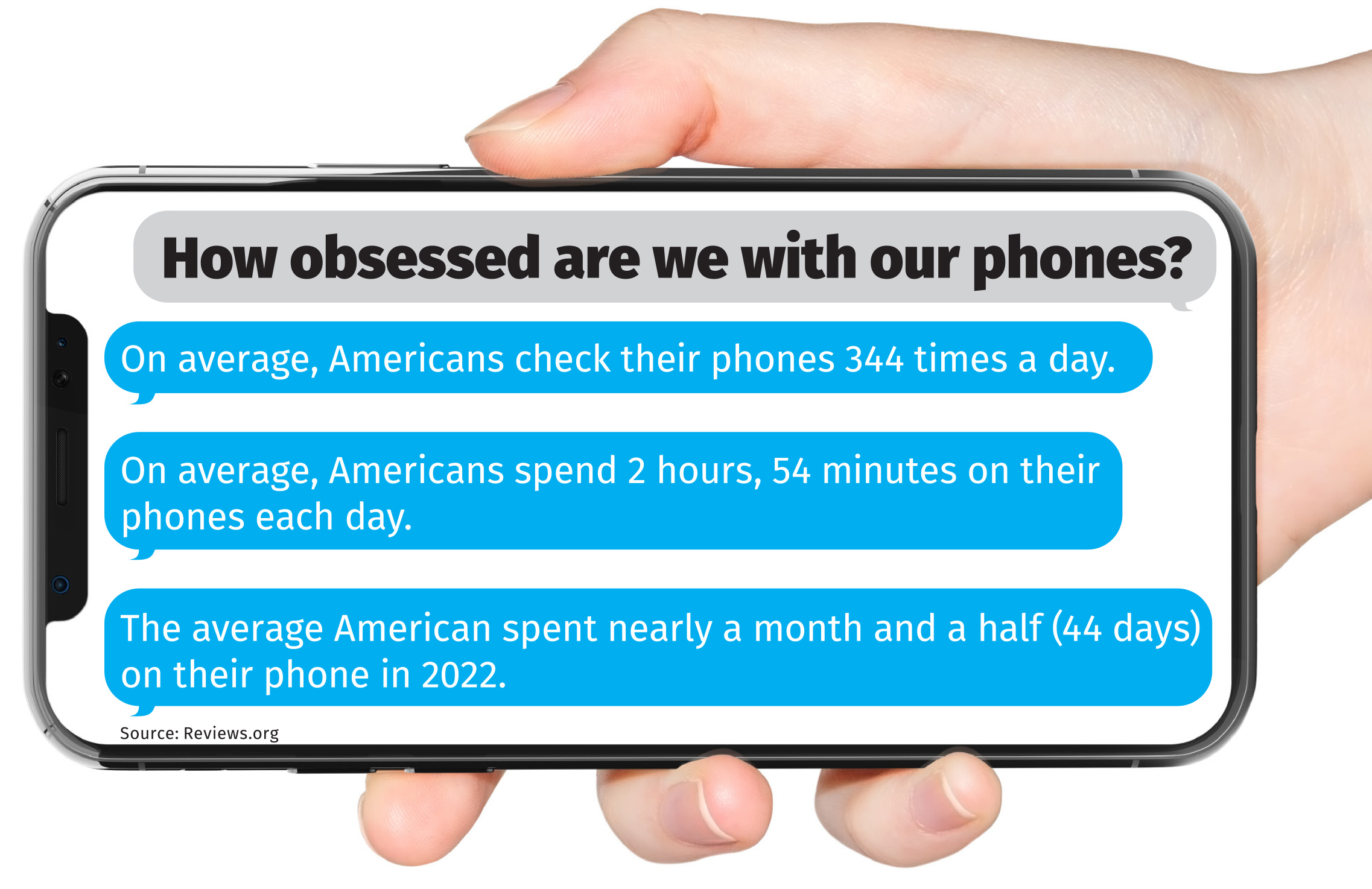The how and when of texting clients

Quick and efficient communication can make the difference between a customer choosing to work with you or choosing to work with someone else — regardless of cost or your personal experience and accolades. Communication truly is that important, especially for insurance or financial professionals. Because of this heightened importance, insurance professionals should integrate communication strategies that meet customers where they already are: on their phones.
A 2022 study by Reviews.org found that 70% of Americans check their phone within five minutes of receiving a notification, and on average, people are checking their phone once every four minutes. That’s a lot of time spent on the phone, but the study findings also validate the fact that phones are a convenient medium for communication. The method, however, has changed.
According to a study by OpenMarket (now Infobip), 75% of millennials would rather lose the ability to talk on the phone than lose text messages. The primary founding function of the phone — talking — is now less valuable to people than texting is. This is something insurance professionals should take advantage of.
Best practices for SMS use
Now that we have a case for using text messages — also known as SMS, or short message service — for client communications, it’s time to dive into the specifics of how and when to use text messages. First of all, here are some best practices to keep in mind when communicating by text.
» Stay compliant. The Federal Communications Commission’s rules implemented in the Telephone Consumer Protection Act have created strict procedures for compliant SMS.
Texting people who have not opted in violates these rules. There are many ways to obtain an opt-in. Give people the option to sign up for texts when they sign up for emails, offer an opt-in link on your website, or include opt-in within new customer paperwork.
Offering ample opportunity to opt out of text messages is also critical. End messages with something like “Reply END to opt out of future communication” in order to stay compliant.
The TCPA has resulted in fines for violations related to texting, so be aware that this is one of the most important components of your text messaging strategy. Keep thorough records of your text-sending actions in case of a consumer complaint. Most SMS software solutions will keep these kinds of records indefinitely, with many providing the ability to keep records going back even a decade or more.
» Avoid getting blocked. As a way to protect clients, phone carriers will block messages that appear to be spam. To avoid this, personalize your messages, including something like the person’s first name or your company name. When sharing a website, use full URLs, avoiding commonly used link-shrinking websites. Only link to truly relevant websites.
» Know what is safe to send. The security of your clients’ information is top priority (and another potential compliance issue), so let text recipients know what to expect from your messages. Inform them that you will never send personal identification information, nor will you request Social Security numbers, account numbers or passwords via text. This will allow clients to keep an eye out for and report spammers who do use or request that information.
» Understand fees and rules. As of last year, phone carriers including AT&T, Verizon, T-Mobile and U.S. Cellular implemented new texting regulations specifically for A2P (application-to-person) business messaging. The rules, known commonly as “10DLC” after the 10-digit long codes or local numbers sanctioned by the carriers to be used for business texting, require action by businesses. Most SMS software providers should be well versed in following these rules, but note that there are sometimes extra steps needed to reach compliance, such as registration and recurring monthly fees.
How financial professionals can use SMS
With these best practices in mind, it’s time to explore the numerous ways insurance and financial professionals can use text messaging. Although most professionals won’t need to send the same message to long lists of people (this is called bulk messaging), here are some topics to send to one, a few or several clients.
» Appointment confirmations.
» Industry news.
» Rate changes.
» Notification of a new bill (do not reveal bill totals via text; rather, link to where someone can find their full bill).
» Reminder about annual reviews or renewals.
» New plan announcements.
» Office location or hours changes.
Just like consumers can get annoyed with getting too many phone calls, the same can happen with receiving too many text messages. Avoid text fatigue (and the increased opt-outs that come with it) by tailoring your texts to only the most relevant people. For example, if some clients you serve are outside your geographical location, they don’t need to be updated about an office closure. That kind of message should go only to people who had appointments booked during the day of the closure.
Industry news is another example of a texting topic. Some insurance or financial professionals may want to share notable industry news with their clients, but not all clients may be interested. During the opt-in process, you could ask clients to tell you either how often they would like to hear from you via text message or what kind of information they would like to receive. Some people may check the box for industry news, while others may want to only receive updates about their specific account.
Text messaging is a powerful tool to reach clients quickly and effectively with relevant, timely information. When used correctly — with compliance in mind — texting can be successful at increasing brand awareness, boosting customer loyalty and better educating clients.
Tom Sheahan is the CEO of Red Oxygen. He may be contacted at [email protected].






Financial professionals can help guide through turbulent times
Helping clients navigate difficult estate-planning conversations
Advisor News
- Global economic growth will moderate as the labor force shrinks
- Estate planning during the great wealth transfer
- Main Street families need trusted financial guidance to navigate the new Trump Accounts
- Are the holidays a good time to have a long-term care conversation?
- Gen X unsure whether they can catch up with retirement saving
More Advisor NewsAnnuity News
- Product understanding will drive the future of insurance
- Prudential launches FlexGuard 2.0 RILA
- Lincoln Financial Introduces First Capital Group ETF Strategy for Fixed Indexed Annuities
- Iowa defends Athene pension risk transfer deal in Lockheed Martin lawsuit
- Pension buy-in sales up, PRT sales down in mixed Q3, LIMRA reports
More Annuity NewsHealth/Employee Benefits News
Life Insurance News
- Product understanding will drive the future of insurance
- Nearly Half of Americans More Stressed Heading into 2026, Allianz Life Study Finds
- New York Life Investments Expands Active ETF Lineup With Launch of NYLI MacKay Muni Allocation ETF (MMMA)
- LTC riders: More education is needed, NAIFA president says
- Best’s Market Segment Report: AM Best Maintains Stable Outlook on Malaysia’s Non-Life Insurance Segment
More Life Insurance News